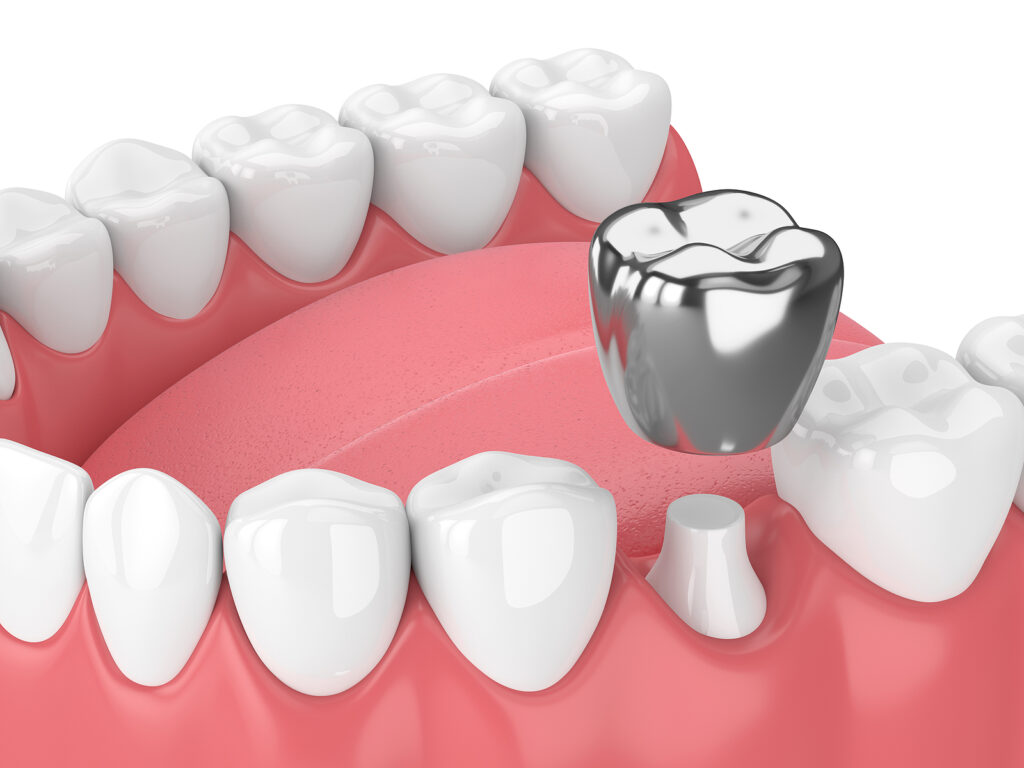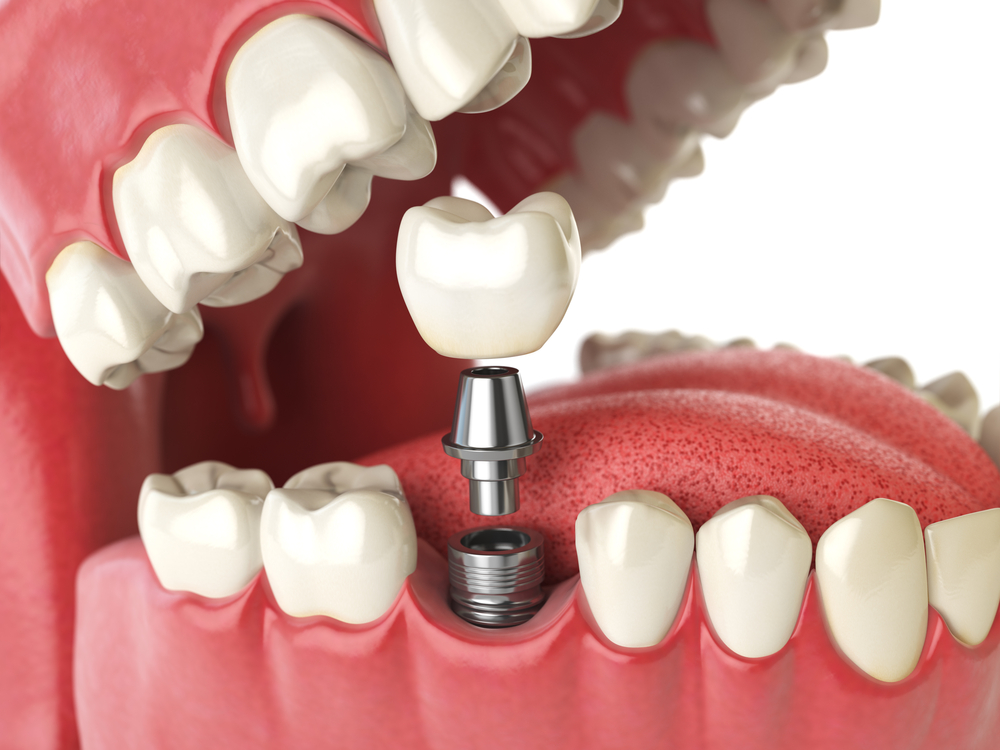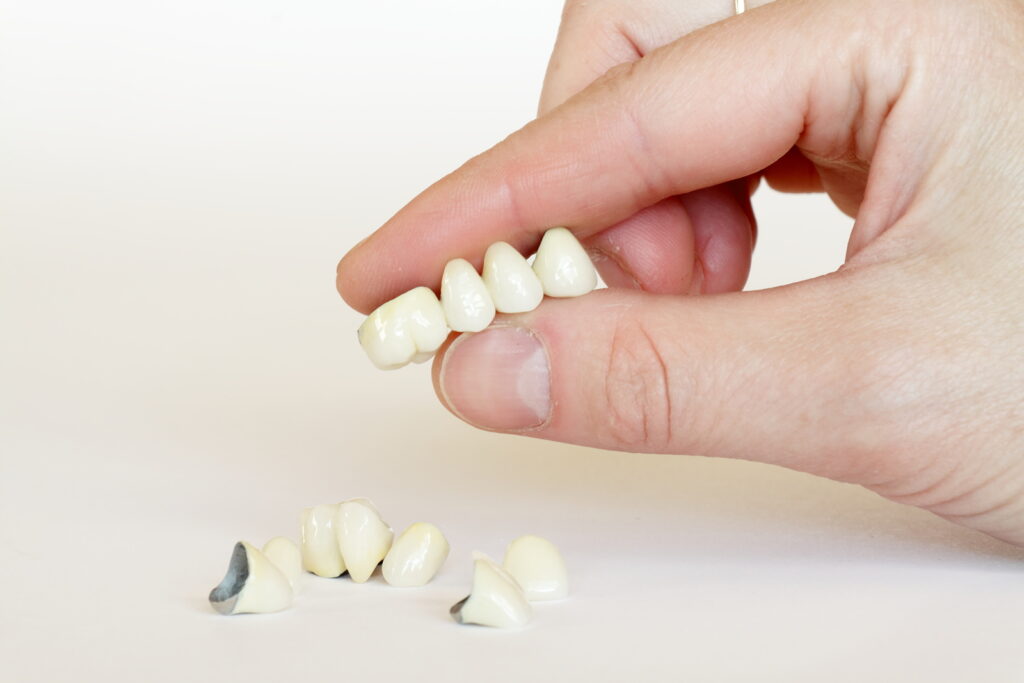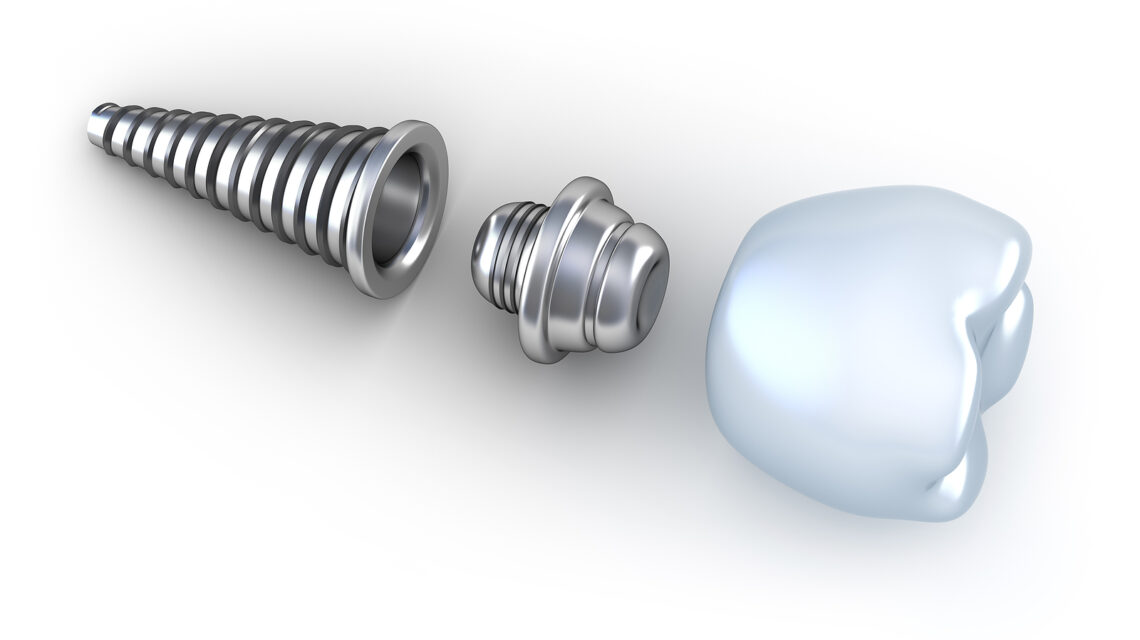There are several types of dental crowns available, and there are varying costs associated with each type. Metal crowns are the most affordable option, while resin-fused-to-metal crowns are more expensive. Porcelain-fused-to-metal crowns are a good compromise between cost and aesthetics. Dental crowns made in a lab can cost anywhere from $3,000 to $5,000. Dental implants are also an option, but they are more expensive than other types of crowns.
Table of Contents
Metal crowns are the most affordable option

Metal crowns are made from a gold alloy. They are usually used on the back teeth, and require less tooth removal than other materials. Metal crowns do not look as natural as porcelain or zirconia crowns, so if you're concerned about aesthetics, metal is the way to go. Porcelain fuses to metal is a more affordable alternative. These crowns are thin and durable, but do not have the aesthetic appeal of all-porcelain crowns.
The cost of metal crowns varies depending on the metal alloy used. Gold-colored alloys are more expensive than base metals. They are typically used on molar teeth. The average metal crown costs between $1,300 and $2,500, according to Authority Dental. Porcelain-fused-to-metal crowns, on the other hand, can be installed anywhere in the mouth and can range in cost from $800 to $2400.
All ceramic and porcelain crowns are the most expensive options for crown cost. Porcelain crowns closely mimic the color of your natural teeth and are biocompatible. However, these crowns are not as durable as metal ones and may break or fade over time. In addition, all-resin crowns are cheaper, but not as durable. The most realistic-looking crown is made from zirconia, which is an alternative to traditional porcelain but has a higher price tag.
Another option for affordable crown costs is to visit a dental school. Dental schools may offer crowns as part of their education curriculum. A good dental school will have a board-certified dentist on staff to assist with the procedures. This way, the crowns are cheaper for the student and for the community. They also can be covered by dental insurance. It is a good idea to consider all your options and make a decision based on the benefits and affordability of your teeth and gums.
Resin is the cheaper option
There are two main types of crowns: porcelain and resin. Porcelain crowns are the most attractive and natural-looking, but they do not last as long as other types of crowns. Metal-alloy crowns are made from gold or a metal compound. Other metals include silver, platinum, copper, and tin. Metal-fusion crowns combine the strength of the metal base with the aesthetic appeal of the porcelain surface. Composite resin crowns are the least expensive of the two, and they can look just like natural teeth.
If you're looking for a cheaper alternative to resin, you should consider using slush latex. This material is a great alternative to resin. Unlike resin, it is non-toxic, biodegradable, and does not produce harmful VOCs or gases. Fortunately, you can also find resin alternatives in metal, plastic, and wood. You can also use silicone or non-stick cooking sprays to protect the surface of the crown during the process. If you don't want to spend much, you can purchase release agent sprays at the grocery store.
While all-resin crowns are cheaper than metal, they are less durable and more prone to cracks. Therefore, you should only use them for decayed baby teeth. If you need a permanent replacement, you should use metal or porcelain. But if you don't want to spend too much money on a crown, you can also opt for resin-based onlays or inlays.
Temporary CB Resin is a tooth-colored resin that is used for temporary restorations. The translucent material has excellent strength and is resistant to discoloration over time. With this material, you can save money on crowns and other prosthetics by avoiding a metal-alloy post. The temporary option can last up to 12 months. The only downside is that you need a Stainless Steel build platform to use Temporary CB Resin.
Porcelain-fused-to-metal crowns are a great mix of cost and aesthetics

Because of their long-term reliability and cost-effectiveness, porcelain fused-to-metal crowns have become a popular choice for full-coverage restorations. Millions of crowns have been placed worldwide. Because of their aesthetics and strength, these restorations can last for 15 to 20 years. A dentist should still practice proper oral hygiene to maintain their new smile.
PFM crowns are available in various quality levels. The lowest-priced option is noble, containing 40 percent precious metals, while the highest-priced option is semi-precious. High-grade PFM crowns are made of 60 percent precious metals and are the most durable. They're the ideal blend of cost and aesthetics.
Porcelain-fused-to metal crowns are a hybrid construction. They cover a metal substructure with a porcelain surface. This material can provide a great balance of strength and aesthetics. The latest generation of metal-ceramic crowns uses a pressed-over-metal fabrication method. Preformed crowns are best for children and temporary use.
Another type of zirconia crown is a hybrid of metal and porcelain. It combines the aesthetics and durability of a metal crown with the affordability and aesthetics of porcelain. This option can be cut and shaped in the dental office, and does not require the use of a dental lab. Zirconia is biocompatible and can resist wear against normal teeth and grinding teeth.
Porcelain-fused-to metal (PFM) crowns are a great choice for long-term bridges. These crowns require less tooth reduction than all-ceramic crowns, which are better for your oral health. The downside is that they require you to have your teeth cut down to fit the porcelain crown.
CEREC crowns are more affordable than lab-made ceramic crowns
One of the main benefits of CEREC crowns is their price. The procedure is much cheaper than traditional lab-made ceramic crowns, as the dental technician creates a virtual model of the tooth that will be used to produce the new crown. The cost of CEREC crowns depends on a number of factors, including the dentist's skill and experience, the materials used, and how good the teeth are in general. For example, if a patient has cracked their molar teeth, the CEREC scanning software will not detect it. In such cases, the patient may need to pay a higher price for a lab-made ceramic crown.
CEREC crowns are made of high-quality ceramic resin and are as durable as traditional crowns. They can last for many years, and they look just as good as natural teeth. A CEREC crown can be installed on the same day. This procedure is much more convenient than lab-made ceramic crowns because the patient only needs to make one appointment. It is important to discuss your personal preferences with your dentist and choose the type that suits your needs.
Another advantage of CEREC crowns is their speed. They are made in just a few minutes instead of a week or two. A CEREC crown can be finished in one day and will last anywhere from ten to fifteen years. Compared to traditional crowns, CEREC crowns are durable and reasonably aesthetic. These crowns are much more affordable than lab-made ceramic crowns, which require a series of visits.
Porcelain is the best option for visible front teeth

A dental crown is one of the most common types of dental work and it can make a huge difference in a person's smile. Having damaged or missing teeth can have a negative impact on your overall health and self-esteem. A healthy set of teeth will improve your overall appearance and make you feel younger. Porcelain crowns are made to fit the shape and color of your teeth, making them the best option for front teeth.
Porcelain veneers are the most natural-looking of the two options. This type of treatment involves removing a small portion of your tooth's enamel. A dental lab will take this impression and create your new porcelain veneers. The process may take several days. The procedure is usually painless, but it can be a lengthy process. Porcelain veneers are not permanent, so you should expect some swelling and sensitivity after the procedure.


